
Alarcón Criado
ALARCON CRIADO began its work in October 2002. The gallery generates an exhibition activity where it prioritizes curatorial projects and proposals of an experimental nature. The gallery's program aims to highlight artistic positions committed to the paradigms of contemporary thought and society. The location of the gallery in a peripheral area from the market point of view, but epicenter from the point of view of artistic production, has motivated the gallery to initiate a series of actions aimed at enhancing and recognizing the geographical context in the one who stands. Through an alliance forged with different local managers and producers, a series of actions aimed at studying, disseminating and enhancing the aesthetic field of flamenco and other areas, until now marginal, will be developed in parallel to the gallery's programming. , of creation and production.
The gallery focuses on international artists and places special emphasis on the Latin American context, as well as artists from Eastern Europe. ALARCON CRIADO also represents a notable group of Spanish artists born in the 70s. In 2019 the gallery begins the representation of the Spanish artist Pedro G. Romero and the Colombian José Alejandro Restrepo, artists with a long and established career. Both authors will be part of the ARCO 2021 project. Over the past season, the gallery has incorporated the Spanish artist Belén Rodríguez (Valladolid, 1981), the Venezuelan Iván Candeo (Caracas, 1983) and the Czech artist Miroslav Tichy (Moravia 1926-2011). In collaboration with the PIE. Flamenca and BNV producciones, the gallery has held an exhibition entitled Romper el Aire, which constitutes an essay based on the work of a series of authors, between the 80s and the present, who have operated from the marginal.
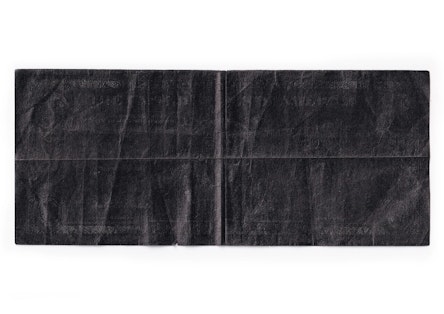
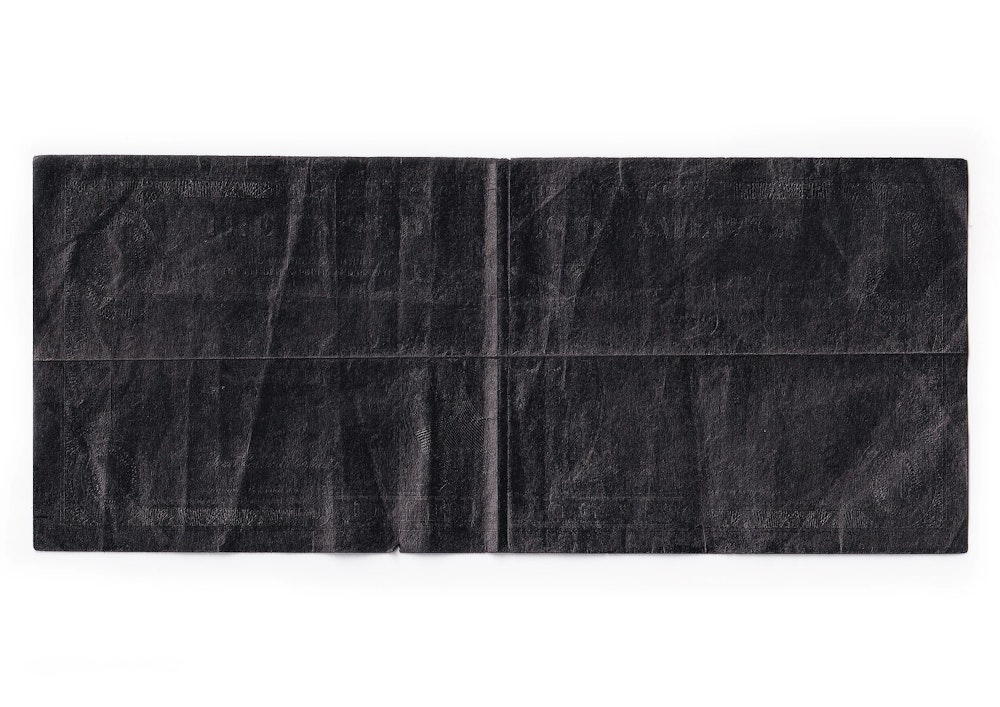
Iván Candeo (Caracas, 1983) currently lives and works in Madrid, Spain. He has been part of an independent study group composed of Venezuelan artists from different generations since 2004. In 2008, he obtained the title of professor and he majored in plastic arts. He graduated with a Master of History and Theory of Plastic Arts from the U.C.V. and with a Diploma of Contemporary History of Venezuela from the Rómulo Betancourt Foundation. He has also carried out complementary studies of “experimental cinema” in the Aula Xcèntric of the CCCB in Barcelona and in 2018, he received a scholarship to study at the Laboratory of Contemporary Audiovisual Practices, Master LAV, in Madrid. He also participated in the artistic residency Lugar a Dudas, in Cali, Colombia. These are some of his most important individual exhibitions: NOVÆ ANDALUSIÆ. Observante inestable, Alarcón Criado Gallery, Seville, Spain; Sin Acto, Carmen Araujo Art Gallery, Caracas, Venezuela (2018); Correspondencias del Ultramar #2: Núria Güel e Iván Candeo. Sala Mendoza, Caracas, Venezuela (2017); Corte en Movimiento. Oficina #1, Caracas, Venezuela (2015) and Identidad y Ruptura. Casa Sin Fin, Madrid, Spain (2014). Candeo focuses on the relationship between movement, time and history, in order to identify a series of contradictions and paradoxes. His work considers the ideological relationship between perceptual operations, narrative strategies and worldview assumptions that serve as the basis for the discursive control mechanisms of the sensible world. He explores this subject by researching the multidirectional dialogue of several forms of expression: he juxtaposes notions from different origins to create a space of interstitial continuity between video, sculpture, painting, photography and cinema. He has participated in group exhibitions in several spaces in Latin America, the United States, Canada and Europe. They include: “When a Painting Moves… Something Must Be Rotten!” (Sternesen Museum, Oslo, Norway); Unresolved Circumstances: Video Art from Latin America (MOLAA- Museum of Latin American Art, California, 2010); 8th Bienal do Mercosul: ensaios de geopoética (Brazil, 2011); Moving image, un abedécédaire contemporain / Alteration”, (Gaîté Lyrique, Paris, 2012) Colonia apócrifa. Imágenes de la colonialidad en España (MUSAC, Museum of Contemporary Art of Castilla y León, 2014); Ibi Et Nunc: on democratic paradoxes LOOP (Barcelona, 2016), among others.


Iván Candeo (Caracas, 1983) currently lives and works in Madrid, Spain. He has been part of an independent study group composed of Venezuelan artists from different generations since 2004. In 2008, he obtained the title of professor and he majored in plastic arts. He graduated with a Master of History and Theory of Plastic Arts from the U.C.V. and with a Diploma of Contemporary History of Venezuela from the Rómulo Betancourt Foundation. He has also carried out complementary studies of “experimental cinema” in the Aula Xcèntric of the CCCB in Barcelona and in 2018, he received a scholarship to study at the Laboratory of Contemporary Audiovisual Practices, Master LAV, in Madrid. He also participated in the artistic residency Lugar a Dudas, in Cali, Colombia. These are some of his most important individual exhibitions: NOVÆ ANDALUSIÆ. Observante inestable, Alarcón Criado Gallery, Seville, Spain; Sin Acto, Carmen Araujo Art Gallery, Caracas, Venezuela (2018); Correspondencias del Ultramar #2: Núria Güel e Iván Candeo. Sala Mendoza, Caracas, Venezuela (2017); Corte en Movimiento. Oficina #1, Caracas, Venezuela (2015) and Identidad y Ruptura. Casa Sin Fin, Madrid, Spain (2014). Candeo focuses on the relationship between movement, time and history, in order to identify a series of contradictions and paradoxes. His work considers the ideological relationship between perceptual operations, narrative strategies and worldview assumptions that serve as the basis for the discursive control mechanisms of the sensible world. He explores this subject by researching the multidirectional dialogue of several forms of expression: he juxtaposes notions from different origins to create a space of interstitial continuity between video, sculpture, painting, photography and cinema. He has participated in group exhibitions in several spaces in Latin America, the United States, Canada and Europe. They include: “When a Painting Moves… Something Must Be Rotten!” (Sternesen Museum, Oslo, Norway); Unresolved Circumstances: Video Art from Latin America (MOLAA- Museum of Latin American Art, California, 2010); 8th Bienal do Mercosul: ensaios de geopoética (Brazil, 2011); Moving image, un abedécédaire contemporain / Alteration”, (Gaîté Lyrique, Paris, 2012) Colonia apócrifa. Imágenes de la colonialidad en España (MUSAC, Museum of Contemporary Art of Castilla y León, 2014); Ibi Et Nunc: on democratic paradoxes LOOP (Barcelona, 2016), among others.
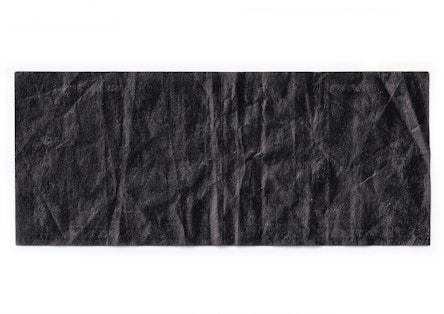

Iván Candeo (Caracas, 1983) currently lives and works in Madrid, Spain. He has been part of an independent study group composed of Venezuelan artists from different generations since 2004. In 2008, he obtained the title of professor and he majored in plastic arts. He graduated with a Master of History and Theory of Plastic Arts from the U.C.V. and with a Diploma of Contemporary History of Venezuela from the Rómulo Betancourt Foundation. He has also carried out complementary studies of “experimental cinema” in the Aula Xcèntric of the CCCB in Barcelona and in 2018, he received a scholarship to study at the Laboratory of Contemporary Audiovisual Practices, Master LAV, in Madrid. He also participated in the artistic residency Lugar a Dudas, in Cali, Colombia. These are some of his most important individual exhibitions: NOVÆ ANDALUSIÆ. Observante inestable, Alarcón Criado Gallery, Seville, Spain; Sin Acto, Carmen Araujo Art Gallery, Caracas, Venezuela (2018); Correspondencias del Ultramar #2: Núria Güel e Iván Candeo. Sala Mendoza, Caracas, Venezuela (2017); Corte en Movimiento. Oficina #1, Caracas, Venezuela (2015) and Identidad y Ruptura. Casa Sin Fin, Madrid, Spain (2014). Candeo focuses on the relationship between movement, time and history, in order to identify a series of contradictions and paradoxes. His work considers the ideological relationship between perceptual operations, narrative strategies and worldview assumptions that serve as the basis for the discursive control mechanisms of the sensible world. He explores this subject by researching the multidirectional dialogue of several forms of expression: he juxtaposes notions from different origins to create a space of interstitial continuity between video, sculpture, painting, photography and cinema. He has participated in group exhibitions in several spaces in Latin America, the United States, Canada and Europe. They include: “When a Painting Moves… Something Must Be Rotten!” (Sternesen Museum, Oslo, Norway); Unresolved Circumstances: Video Art from Latin America (MOLAA- Museum of Latin American Art, California, 2010); 8th Bienal do Mercosul: ensaios de geopoética (Brazil, 2011); Moving image, un abedécédaire contemporain / Alteration”, (Gaîté Lyrique, Paris, 2012) Colonia apócrifa. Imágenes de la colonialidad en España (MUSAC, Museum of Contemporary Art of Castilla y León, 2014); Ibi Et Nunc: on democratic paradoxes LOOP (Barcelona, 2016), among others.
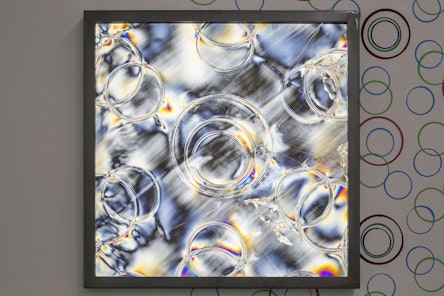
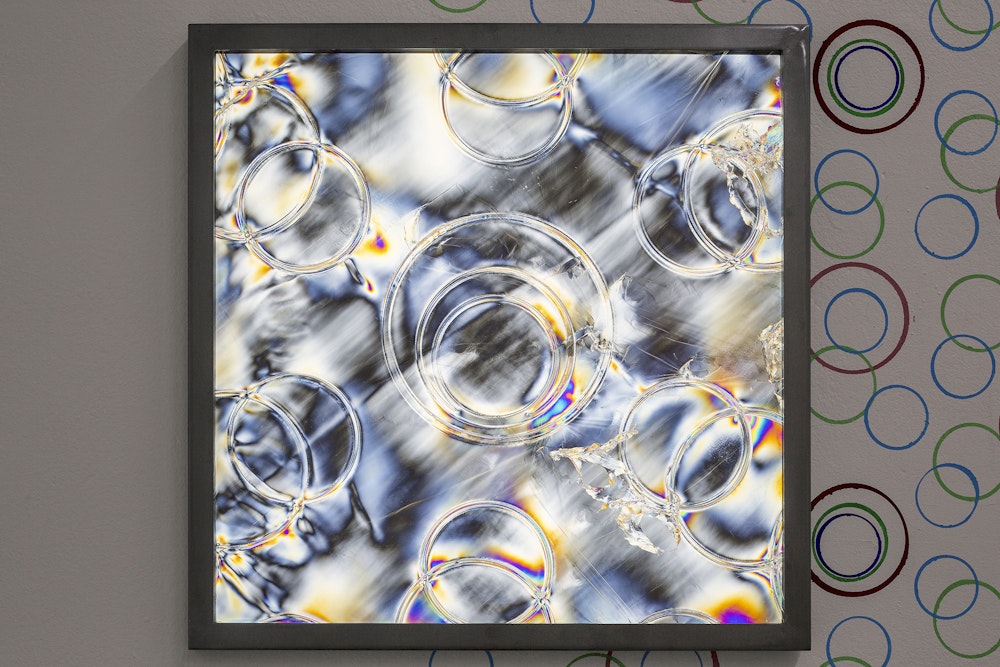
François Bucher lives and works in Berlin, Germany. Is an artist trained in Film by The School Art Institute of Chicago and was awarded with a research grant by the Whitney Independent Study Program in New York. He was a visiting professor at the Academy of Fine Arts in Umea, Sweden, where he was pursuing a doctorate in art practices within the same institution. His work and research covers a wide range of interests and means, which initially focused on issues relating to ethical and aesthetic questions raised by film and television, which have been central themes, both in his writings and in his artistic projects. Until 2008 his work could be described as having conceptual and political positioning. Since then, Bucher´s ideas about the world have taken an abrupt turn and his new production is in relation with a position that can be described as interdimensional. Each one of the works are interrelated with the others, and each virtual splice is there to create multiple circuits of unpublished meaning. The pieces make ellipsis, new dimensions of thought that underlie the whole field. His artistic projects that seek to deconstruct a hierarchy of knowledge set in place by contemporary scientific materialism. They seek to open an understanding of man and nature within a millenary cycle, in order to side step a unidimensional perspective, and to offer entrances to a multidimensional kind of thinking. François Bucher participated in 2013 at the 55th Venice Biennale in the Italian Latin American Institute Pavilion, curated by Silvia Irrazábal and Alfons Hug, and 43 Salón Nacional de Artistas de Medellín curated by Mariángela Méndez. During 2014 he has been one of the selected artist for Cartagena Bienal, Colombia curated by Berta Sichel and Cuenca Bienal, Ecuador curated by Jacopo Crivelli.In 2016, Bucher participates in the section Photobooth Citi (arteBA), curated by Patrick Charpanel. o Recently, he participated in the FIAC Paris last edition 2014 with a specific project made for Musée d’Histoire Naturelle, in Centro de Inciativas Culturales de la Universidad de Sevilla, in Bildmuseet (Sweden) and in Museo de Zapopan (México).

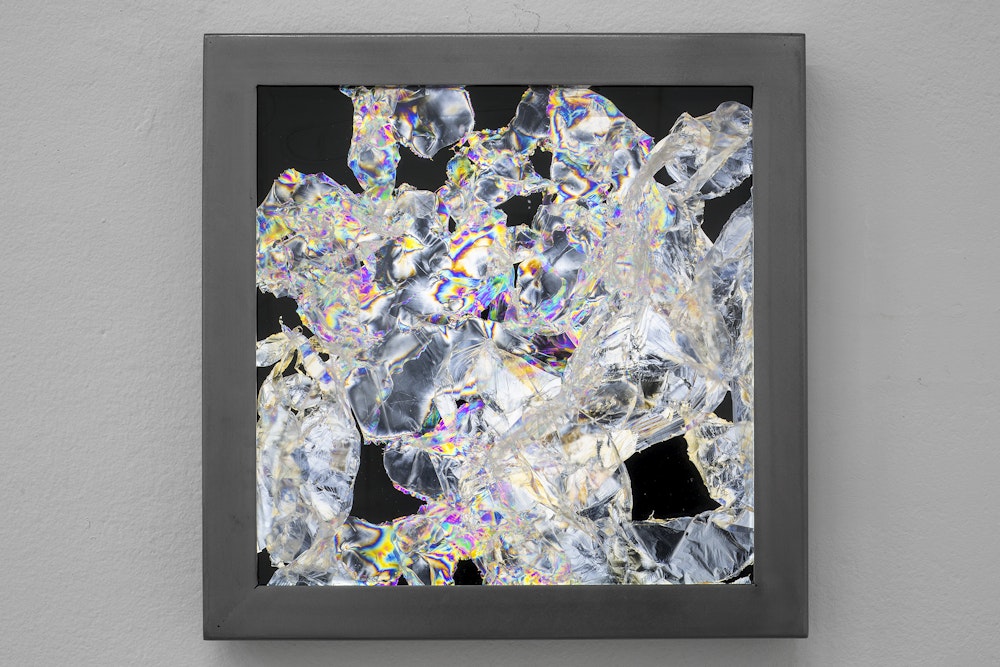
François Bucher lives and works in Berlin, Germany. Is an artist trained in Film by The School Art Institute of Chicago and was awarded with a research grant by the Whitney Independent Study Program in New York. He was a visiting professor at the Academy of Fine Arts in Umea, Sweden, where he was pursuing a doctorate in art practices within the same institution. His work and research covers a wide range of interests and means, which initially focused on issues relating to ethical and aesthetic questions raised by film and television, which have been central themes, both in his writings and in his artistic projects. Until 2008 his work could be described as having conceptual and political positioning. Since then, Bucher´s ideas about the world have taken an abrupt turn and his new production is in relation with a position that can be described as interdimensional. Each one of the works are interrelated with the others, and each virtual splice is there to create multiple circuits of unpublished meaning. The pieces make ellipsis, new dimensions of thought that underlie the whole field. His artistic projects that seek to deconstruct a hierarchy of knowledge set in place by contemporary scientific materialism. They seek to open an understanding of man and nature within a millenary cycle, in order to side step a unidimensional perspective, and to offer entrances to a multidimensional kind of thinking. François Bucher participated in 2013 at the 55th Venice Biennale in the Italian Latin American Institute Pavilion, curated by Silvia Irrazábal and Alfons Hug, and 43 Salón Nacional de Artistas de Medellín curated by Mariángela Méndez. During 2014 he has been one of the selected artist for Cartagena Bienal, Colombia curated by Berta Sichel and Cuenca Bienal, Ecuador curated by Jacopo Crivelli.In 2016, Bucher participates in the section Photobooth Citi (arteBA), curated by Patrick Charpanel. o Recently, he participated in the FIAC Paris last edition 2014 with a specific project made for Musée d’Histoire Naturelle, in Centro de Inciativas Culturales de la Universidad de Sevilla, in Bildmuseet (Sweden) and in Museo de Zapopan (México).


François Bucher lives and works in Berlin, Germany. Is an artist trained in Film by The School Art Institute of Chicago and was awarded with a research grant by the Whitney Independent Study Program in New York. He was a visiting professor at the Academy of Fine Arts in Umea, Sweden, where he was pursuing a doctorate in art practices within the same institution. His work and research covers a wide range of interests and means, which initially focused on issues relating to ethical and aesthetic questions raised by film and television, which have been central themes, both in his writings and in his artistic projects. Until 2008 his work could be described as having conceptual and political positioning. Since then, Bucher´s ideas about the world have taken an abrupt turn and his new production is in relation with a position that can be described as interdimensional. Each one of the works are interrelated with the others, and each virtual splice is there to create multiple circuits of unpublished meaning. The pieces make ellipsis, new dimensions of thought that underlie the whole field. His artistic projects that seek to deconstruct a hierarchy of knowledge set in place by contemporary scientific materialism. They seek to open an understanding of man and nature within a millenary cycle, in order to side step a unidimensional perspective, and to offer entrances to a multidimensional kind of thinking. François Bucher participated in 2013 at the 55th Venice Biennale in the Italian Latin American Institute Pavilion, curated by Silvia Irrazábal and Alfons Hug, and 43 Salón Nacional de Artistas de Medellín curated by Mariángela Méndez. During 2014 he has been one of the selected artist for Cartagena Bienal, Colombia curated by Berta Sichel and Cuenca Bienal, Ecuador curated by Jacopo Crivelli.In 2016, Bucher participates in the section Photobooth Citi (arteBA), curated by Patrick Charpanel. o Recently, he participated in the FIAC Paris last edition 2014 with a specific project made for Musée d’Histoire Naturelle, in Centro de Inciativas Culturales de la Universidad de Sevilla, in Bildmuseet (Sweden) and in Museo de Zapopan (México).
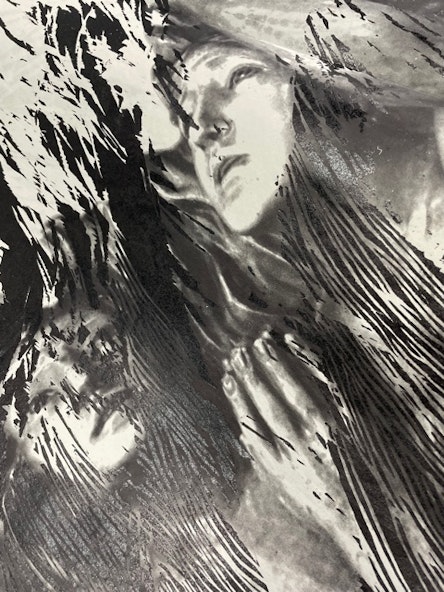
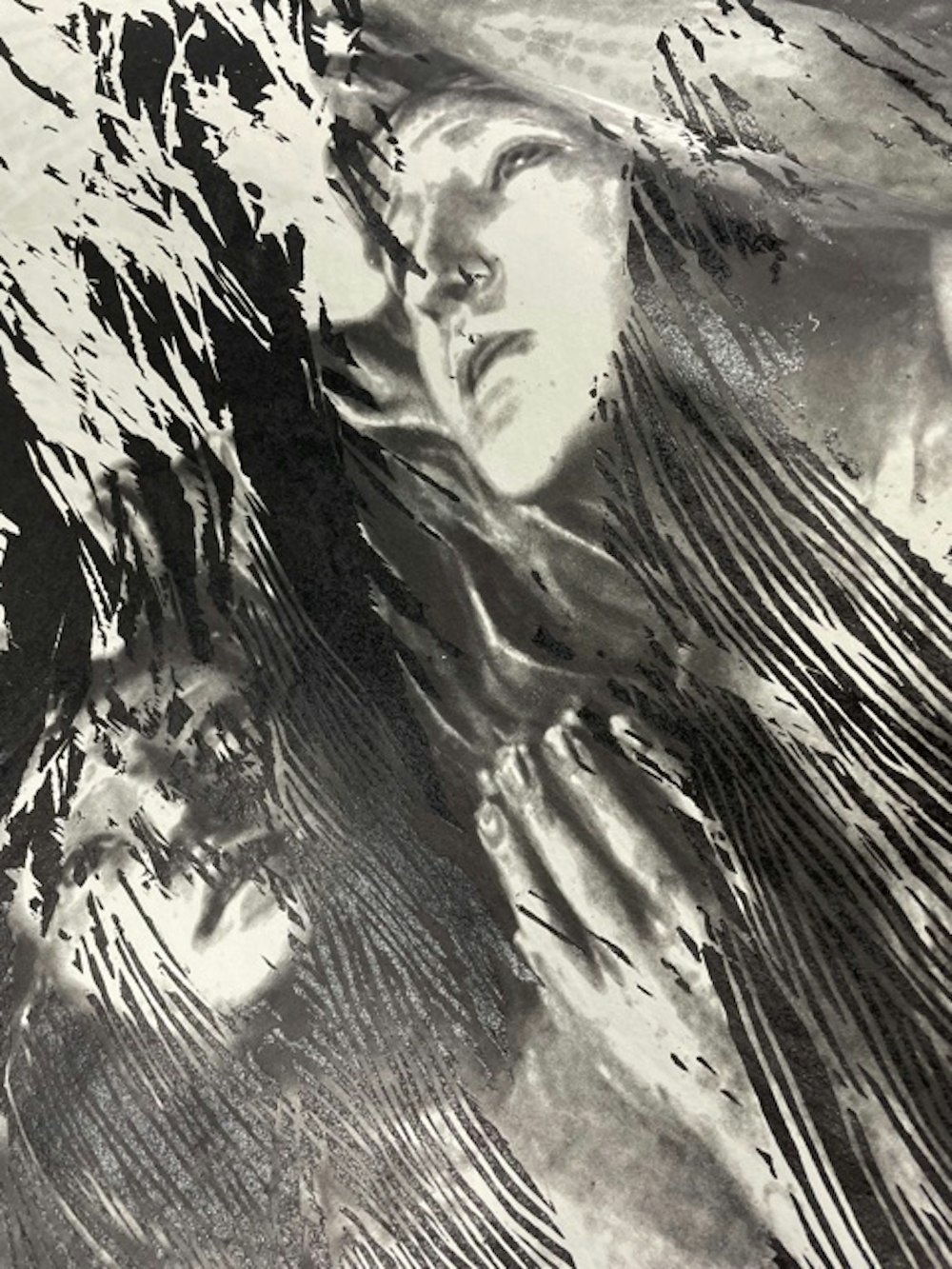
José Alejandro Restrepo currently lives and works in Santafé de Bogotá, Colombia. He originally studied medicine, a theme which would later reappear in several of his works, such as Terebra and Quiasma. In 1981 he shifted to the School of Arts at the Universidad Nacional de Bogotá. From 1982 to 1985 he continued his studies at the Ecole des Beaux Arts in París. In Paris he had personal contact with theorists like Deleuze and Foucault, whose approaches interested him greatly. He also became familiar with the work of emblematic video artists like Bill Viola and Gary Hill, whose work affirmed his own interest in video installation as the appropriate medium for his investigations. Restrepo has worked in video art since 1987. Since 1988 he has been a pioneer of this technique in Colombia. His field of action spans single-channel, video performance, and video installation. His activities include research and teaching. His work is some of the strongest in national contemporary art. He exhibits his work regularly in Europe, Latin America, and the United States. Restrepo’s work has been the subject of various solo exhibitions, including Teofanías, Museo de Antioquia, Medellín (2008); TransHistorias: Mito y Memoria en la Obra de José Alejandro Restrepo, Biblioteca Luis Angel Arango, Bogotá (2001); Musa Paradisíaca, Museo de Arte Moderno, Bogotá (1997); Anaconda, Aphone in Geneva, Switzerland (1993); and Terebra in the Museo de la Universidad Nacional de Bogotá- one of the first video installations made in Colombia (1988). His work has also been presented in many group exhibitions, including Arte y Violencia en Colombia, Museo de Arte Moderno de Bogotá (1999); The Sense of Place, Centro de Arte Reina Sofia, Madrid (1998); Tempo in the Museum of Modern Art Queens, New York (2002); Botánica Política, Santa Montcada, Fundación la Caixa in Barcelona (2004) and Cantos/Cuentos Colombianos: Contemporary Colombian Art in the Daros-Latinamerica, Zurich (2004). He has won prizes like the Art Bogota Biennale Prize V and the Biennale of Cuenca in Ecuador prize VIII (2004), as well as the Luis Caballero Prize (2013). He has participated in several international art events, such as the 52nd Venice Biennale (2007), the Havana Biennal (1994, 2000), the 23rd Sao Paolo Biennial (1996), and the Bienal de Cuenca, Ecuador, where his work received the bienal award. In 1995 the artist was awarded the VII Salón Regional de Artistas, Corferias, Zona 7, Santafé de Bogota, Colombia. Most recently he exhibited as part of the exhibition ‘Murillo Application. Materialism, Charitas and Populisms’, in Sevilla, Spain, 2018-2019.
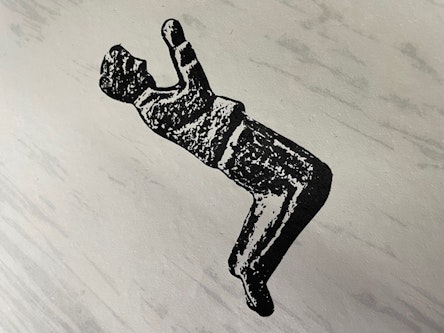
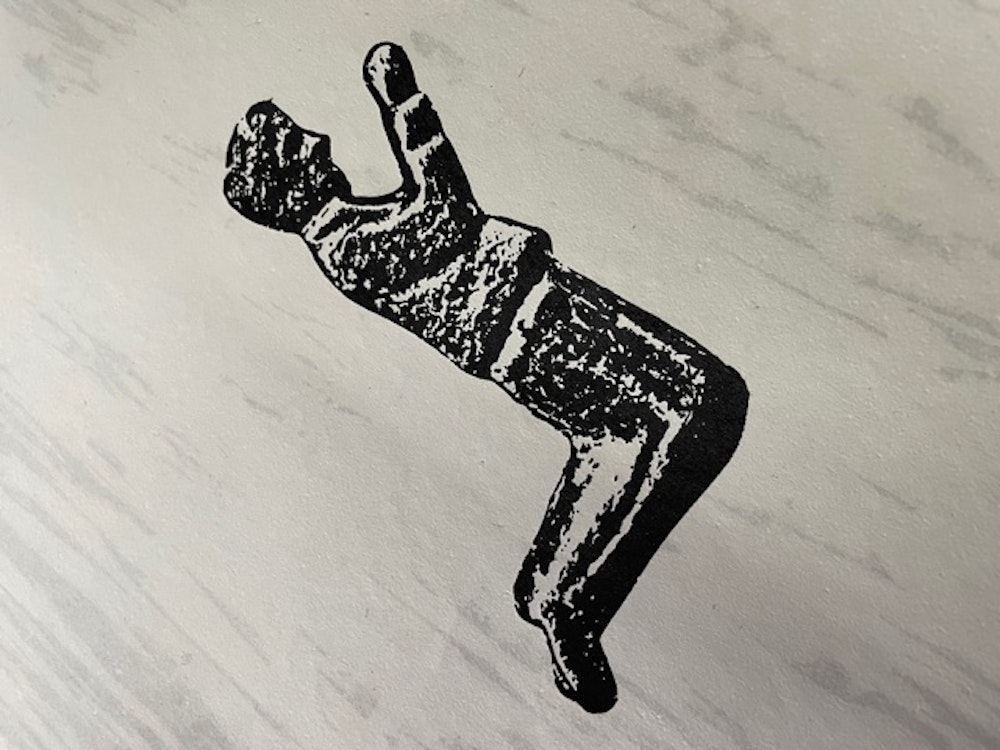
José Alejandro Restrepo currently lives and works in Santafé de Bogotá, Colombia. He originally studied medicine, a theme which would later reappear in several of his works, such as Terebra and Quiasma. In 1981 he shifted to the School of Arts at the Universidad Nacional de Bogotá. From 1982 to 1985 he continued his studies at the Ecole des Beaux Arts in París. In Paris he had personal contact with theorists like Deleuze and Foucault, whose approaches interested him greatly. He also became familiar with the work of emblematic video artists like Bill Viola and Gary Hill, whose work affirmed his own interest in video installation as the appropriate medium for his investigations. Restrepo has worked in video art since 1987. Since 1988 he has been a pioneer of this technique in Colombia. His field of action spans single-channel, video performance, and video installation. His activities include research and teaching. His work is some of the strongest in national contemporary art. He exhibits his work regularly in Europe, Latin America, and the United States. Restrepo’s work has been the subject of various solo exhibitions, including Teofanías, Museo de Antioquia, Medellín (2008); TransHistorias: Mito y Memoria en la Obra de José Alejandro Restrepo, Biblioteca Luis Angel Arango, Bogotá (2001); Musa Paradisíaca, Museo de Arte Moderno, Bogotá (1997); Anaconda, Aphone in Geneva, Switzerland (1993); and Terebra in the Museo de la Universidad Nacional de Bogotá- one of the first video installations made in Colombia (1988). His work has also been presented in many group exhibitions, including Arte y Violencia en Colombia, Museo de Arte Moderno de Bogotá (1999); The Sense of Place, Centro de Arte Reina Sofia, Madrid (1998); Tempo in the Museum of Modern Art Queens, New York (2002); Botánica Política, Santa Montcada, Fundación la Caixa in Barcelona (2004) and Cantos/Cuentos Colombianos: Contemporary Colombian Art in the Daros-Latinamerica, Zurich (2004). He has won prizes like the Art Bogota Biennale Prize V and the Biennale of Cuenca in Ecuador prize VIII (2004), as well as the Luis Caballero Prize (2013). He has participated in several international art events, such as the 52nd Venice Biennale (2007), the Havana Biennal (1994, 2000), the 23rd Sao Paolo Biennial (1996), and the Bienal de Cuenca, Ecuador, where his work received the bienal award. In 1995 the artist was awarded the VII Salón Regional de Artistas, Corferias, Zona 7, Santafé de Bogota, Colombia. Most recently he exhibited as part of the exhibition ‘Murillo Application. Materialism, Charitas and Populisms’, in Sevilla, Spain, 2018-2019.


José Alejandro Restrepo currently lives and works in Santafé de Bogotá, Colombia. He originally studied medicine, a theme which would later reappear in several of his works, such as Terebra and Quiasma. In 1981 he shifted to the School of Arts at the Universidad Nacional de Bogotá. From 1982 to 1985 he continued his studies at the Ecole des Beaux Arts in París. In Paris he had personal contact with theorists like Deleuze and Foucault, whose approaches interested him greatly. He also became familiar with the work of emblematic video artists like Bill Viola and Gary Hill, whose work affirmed his own interest in video installation as the appropriate medium for his investigations. Restrepo has worked in video art since 1987. Since 1988 he has been a pioneer of this technique in Colombia. His field of action spans single-channel, video performance, and video installation. His activities include research and teaching. His work is some of the strongest in national contemporary art. He exhibits his work regularly in Europe, Latin America, and the United States. Restrepo’s work has been the subject of various solo exhibitions, including Teofanías, Museo de Antioquia, Medellín (2008); TransHistorias: Mito y Memoria en la Obra de José Alejandro Restrepo, Biblioteca Luis Angel Arango, Bogotá (2001); Musa Paradisíaca, Museo de Arte Moderno, Bogotá (1997); Anaconda, Aphone in Geneva, Switzerland (1993); and Terebra in the Museo de la Universidad Nacional de Bogotá- one of the first video installations made in Colombia (1988). His work has also been presented in many group exhibitions, including Arte y Violencia en Colombia, Museo de Arte Moderno de Bogotá (1999); The Sense of Place, Centro de Arte Reina Sofia, Madrid (1998); Tempo in the Museum of Modern Art Queens, New York (2002); Botánica Política, Santa Montcada, Fundación la Caixa in Barcelona (2004) and Cantos/Cuentos Colombianos: Contemporary Colombian Art in the Daros-Latinamerica, Zurich (2004). He has won prizes like the Art Bogota Biennale Prize V and the Biennale of Cuenca in Ecuador prize VIII (2004), as well as the Luis Caballero Prize (2013). He has participated in several international art events, such as the 52nd Venice Biennale (2007), the Havana Biennal (1994, 2000), the 23rd Sao Paolo Biennial (1996), and the Bienal de Cuenca, Ecuador, where his work received the bienal award. In 1995 the artist was awarded the VII Salón Regional de Artistas, Corferias, Zona 7, Santafé de Bogota, Colombia. Most recently he exhibited as part of the exhibition ‘Murillo Application. Materialism, Charitas and Populisms’, in Sevilla, Spain, 2018-2019.